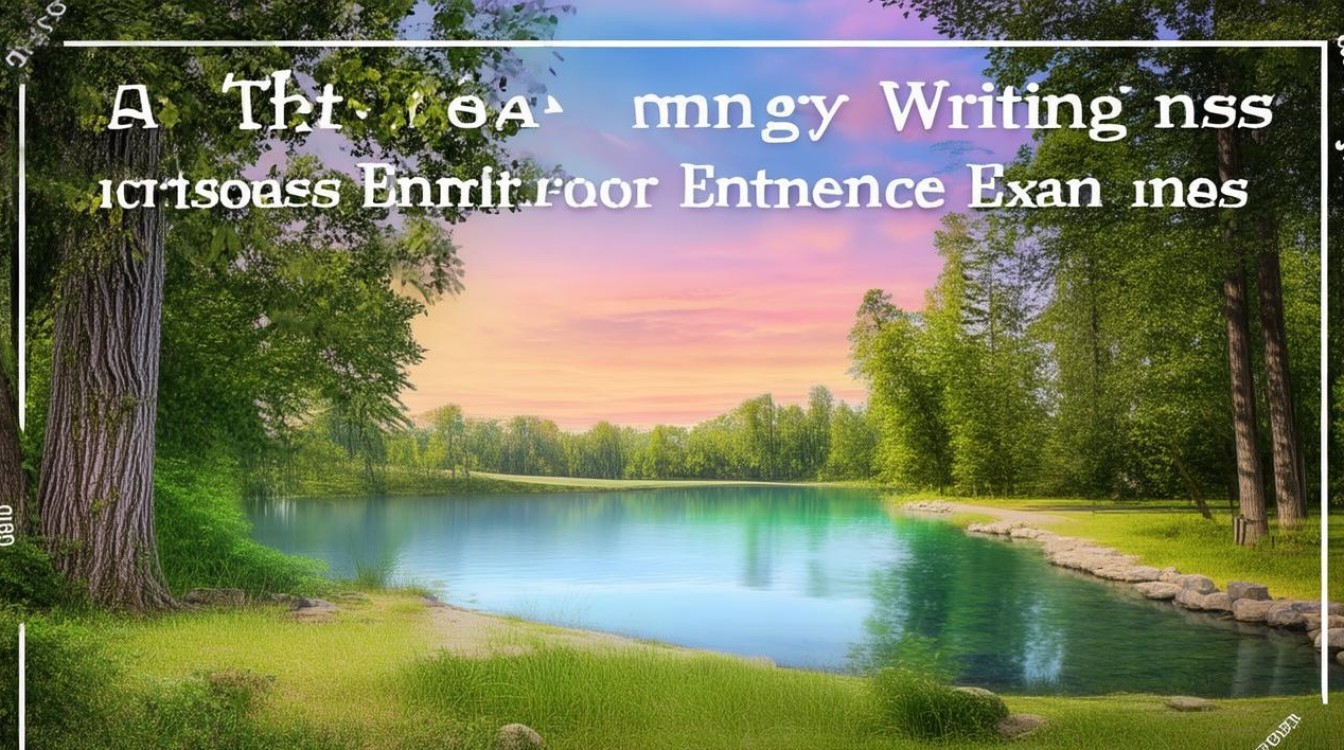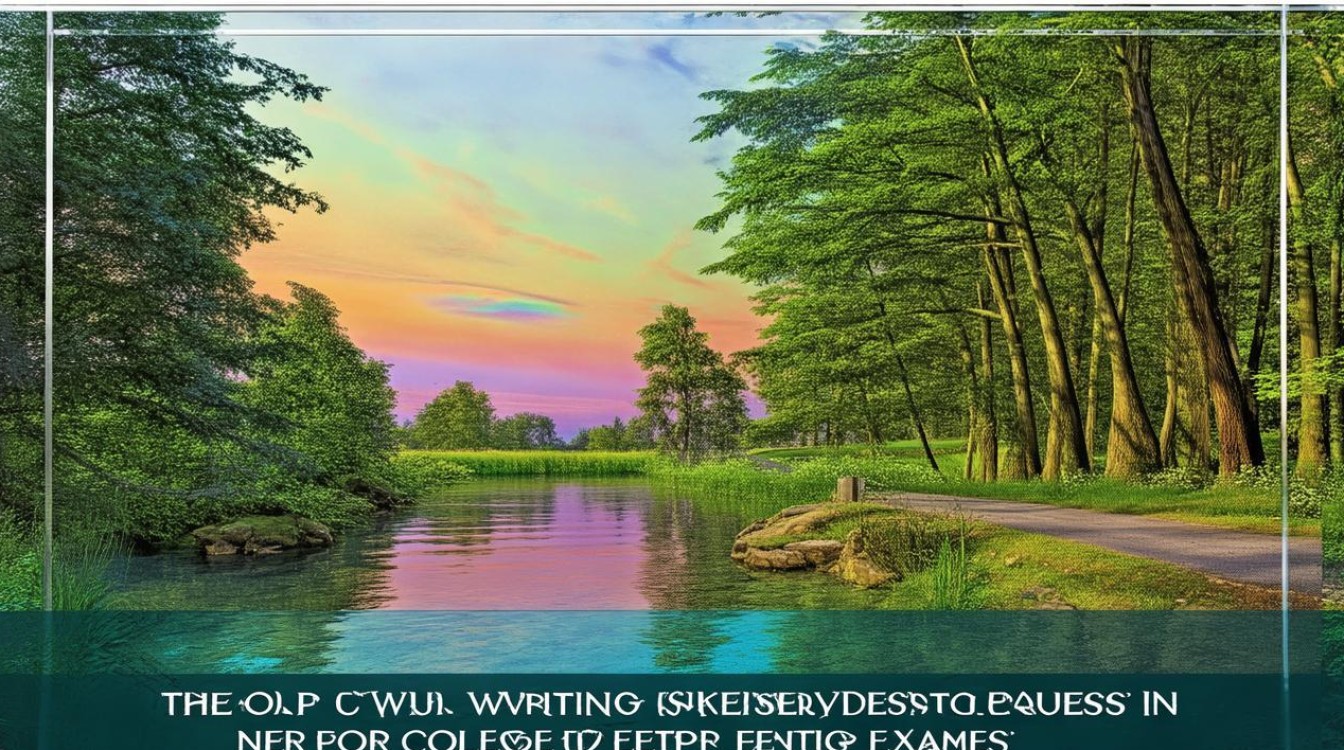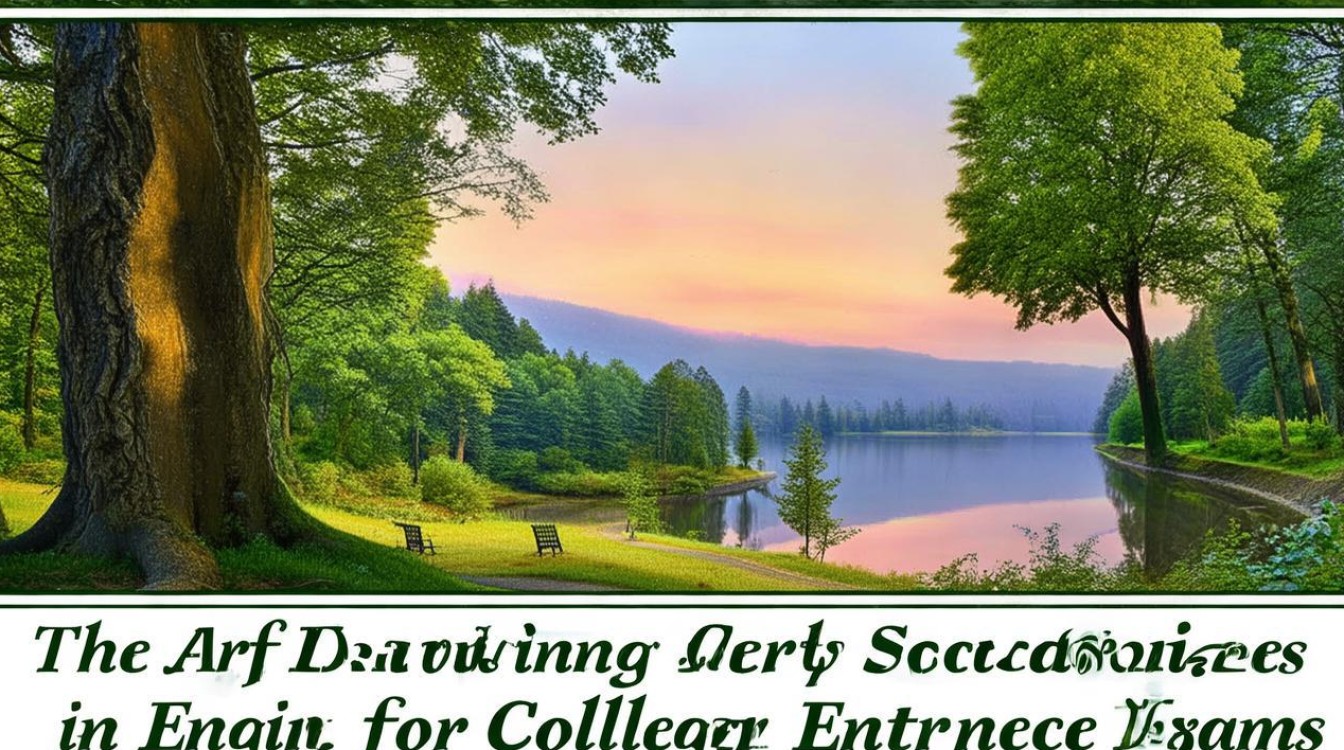Mastering the skill of describing scenery in English compositions is essential for students preparing for the national college entrance exam (Gaokao). A well-crafted scenery passage not only enhances the aesthetic appeal of an essay but also showcases linguistic proficiency. This guide explores techniques to create vivid, natural descriptions while adhering to exam requirements.

Why Scenery Descriptions Matter in Gaokao Essays
Scenery writing tests a student’s ability to:
- Use precise vocabulary and varied sentence structures.
- Evoke emotions through imagery.
- Demonstrate coherence between setting and narrative.
Examiners value originality and fluency, making it crucial to avoid clichés. Instead of relying on overused phrases like "the sun was shining brightly," opt for dynamic descriptions such as "golden sunlight spilled over the rolling hills, painting the landscape in warm hues."
Key Elements of Effective Scenery Writing
Sensory Details
Engage multiple senses to create immersion:

- Sight: "The cherry blossoms formed a delicate pink canopy, their petals drifting like snowflakes."
- Sound: "A distant waterfall echoed through the valley, its rhythmic roar blending with birdsong."
- Smell: "The salty tang of the ocean mingled with the sweetness of wildflowers."
Avoid generic terms. Instead of "the forest was beautiful," specify: "Ancient oaks stretched their gnarled branches, their leaves whispering secrets in the breeze."
Dynamic Verbs and Figurative Language
Replace static verbs with action-oriented choices:
- Weak: "There were mountains in the distance."
- Strong: "Jagged peaks clawed at the horizon, their snow-capped summits glinting under the midday sun."
Metaphors and similes add depth:

- "The river twisted like a silver ribbon through the emerald meadows."
Temporal and Spatial Transitions
Guide the reader through the scene logically:
- Space: "Beyond the willow trees, a wooden bridge arched over a babbling brook."
- Time: "As dusk fell, the sky melted into shades of violet and amber."
Common Pitfalls to Avoid
- Overloading adjectives: "The incredibly beautiful, stunning, magnificent sunset" feels unnatural. Instead, use one strong descriptor: "The sunset blazed across the sky, a spectacle of crimson and gold."
- Forced symbolism: Not every scene needs deep meaning. Authenticity trumps artificial profundity.
- Neglecting context: Link scenery to the essay’s theme. A serene lake could mirror a character’s calm resolve.
Sample Passage for Inspiration
"The old village clung to the mountainside, its stone houses stacked like uneven staircases. Smoke curled from chimneys, weaving into the mist that draped the hills. Below, terraced fields cascaded downward, each level a patchwork of young rice shoots glowing under the soft morning light. A lone egret waded through the paddies, its reflection rippling in the still water."
This excerpt avoids clichés, uses active verbs, and integrates spatial progression.

Practice Strategies
- Observe and Record: Note real-world details—how shadows fall, how seasons alter landscapes.
- Read Widely: Analyze descriptions in English literature (e.g., Wordsworth’s nature poetry).
- Rewrite Clichés: Challenge yourself to describe a sunrise without using "golden" or "bright."
Final Thoughts
Scenery writing is more than decorative filler; it’s a tool to elevate narrative and emotional impact. By prioritizing precision, sensory engagement, and originality, students can craft passages that resonate with examiners. The Gaokao rewards creativity within structure—painting vivid scenes while maintaining clarity and purpose is the hallmark of a high-scoring essay.
Great scenery descriptions stem from keen observation and deliberate practice. Start small, refine relentlessly, and let the landscapes you envision come alive on the page.

